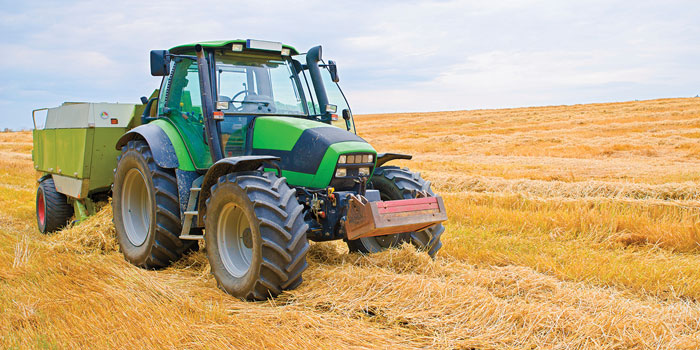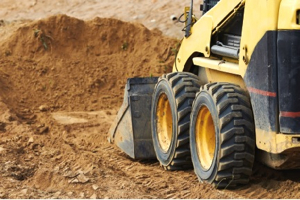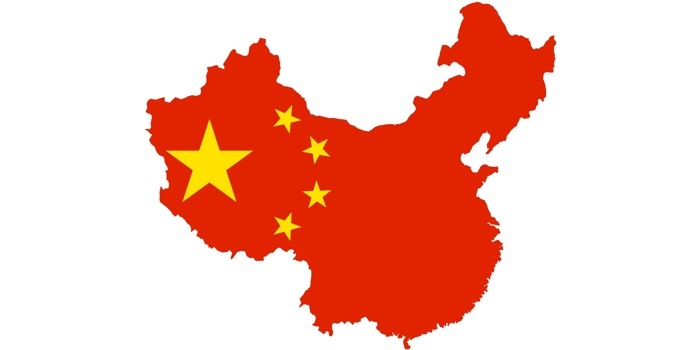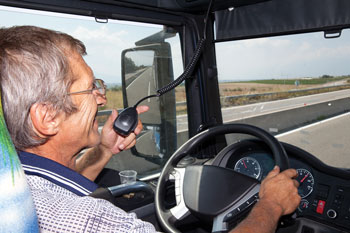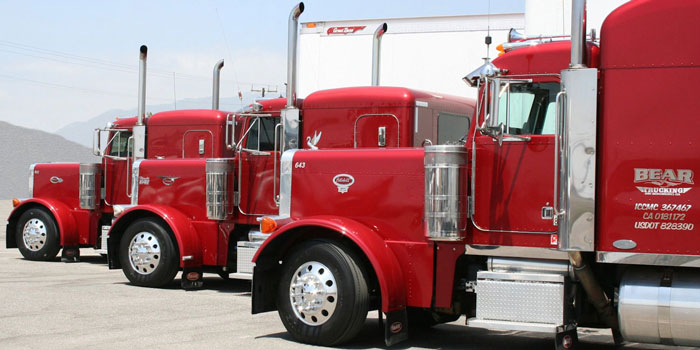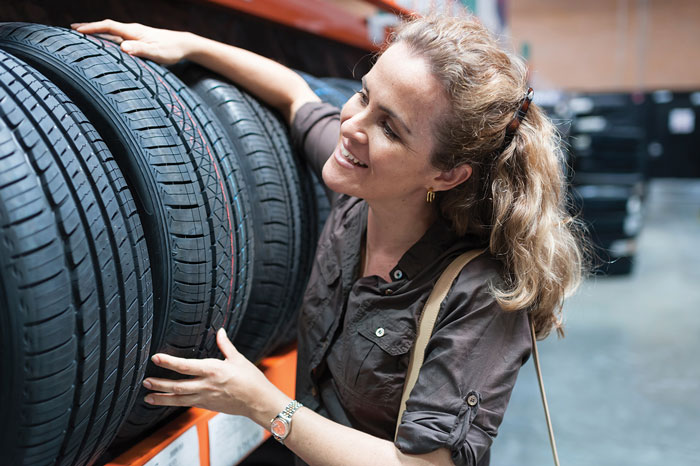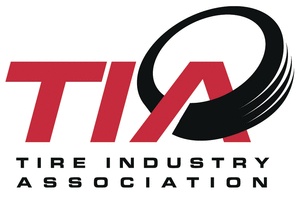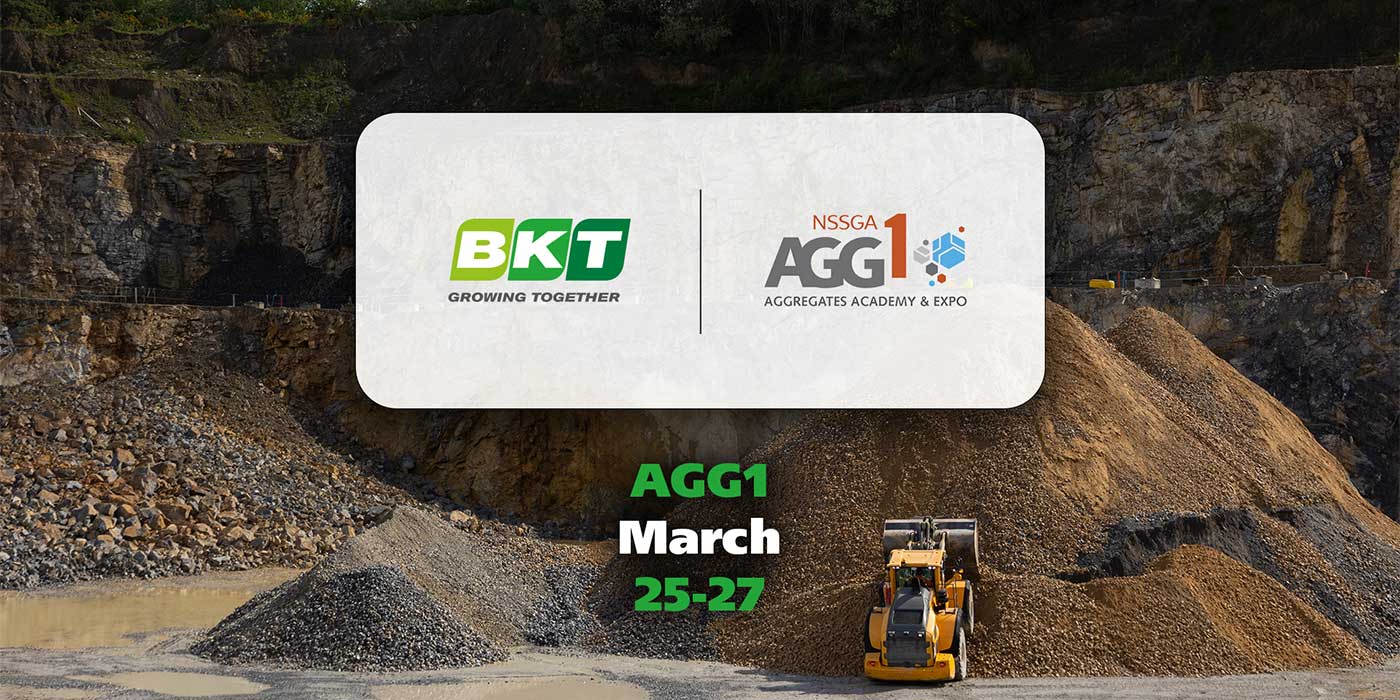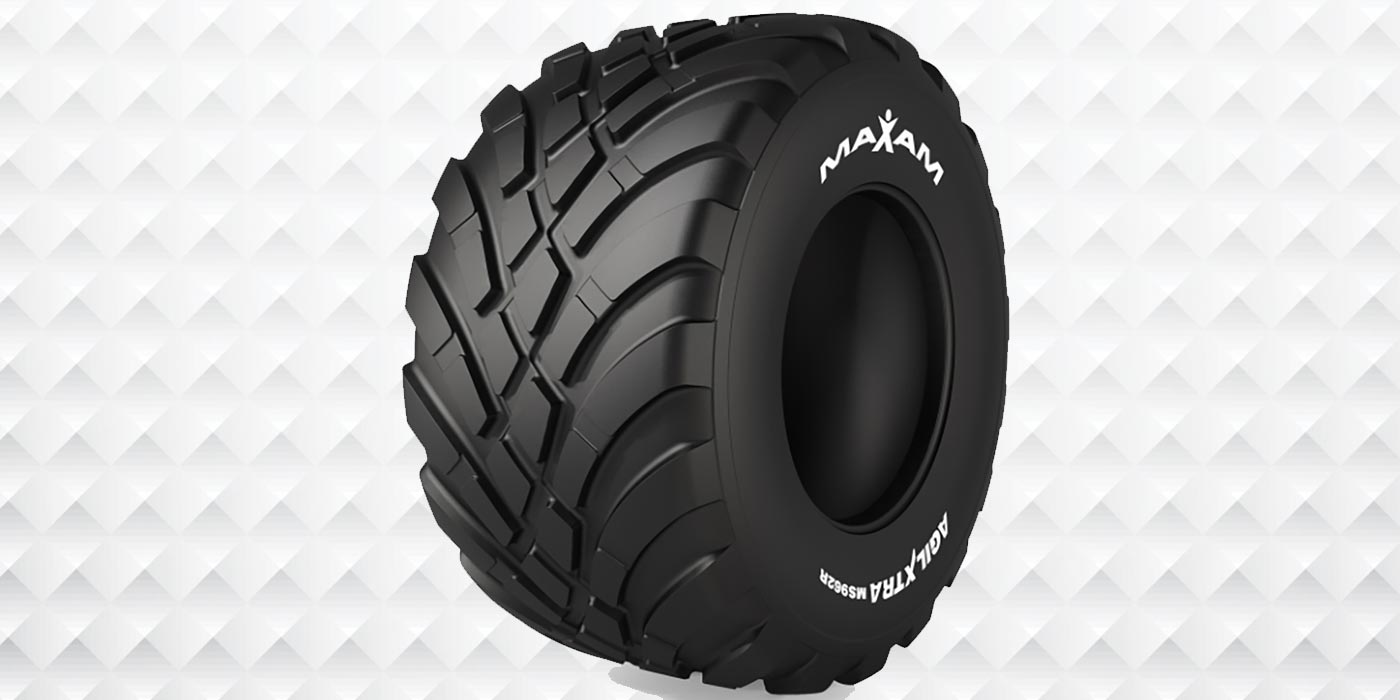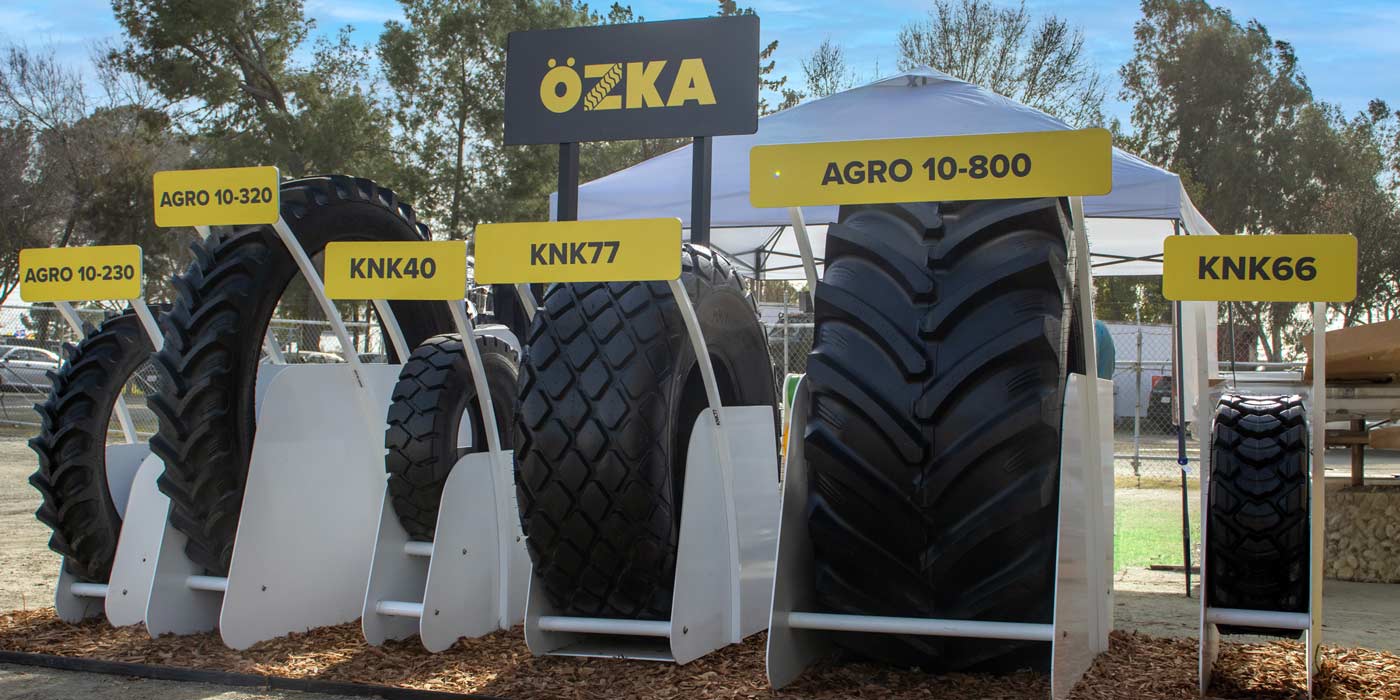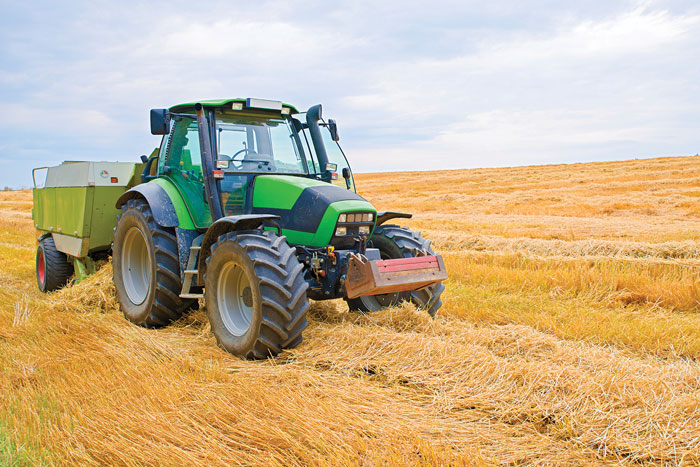
This certainly is not your father’s agricultural tire market. In these increasingly volatile times, people and events across the globe are more connected in more ways than ever before. Extreme drought conditions in the Western U.S. and historical wet conditions in other areas of the Americas impact crop prices in Europe.
Raw material prices in Indonesia have a profound effect on the profitability of ag tire manufacturers in the U.S. and Eurasia. And this is simply a sample of the complex global reality of the industry.
In this ag tire market forecast, we’ll examine five of the primary factors that have a significant impact on the global farm tire market. First, we’ll examine economic conditions and legislative challenges, moving to replacement and OE strategies, followed by new and exciting technology. Finally, we’ll follow up with the increasing importance of education and training at both the dealer and consumer levels.
Economic Impacts
Much can be and has been said of the extreme weather patterns around the globe. This is especially true in the U.S., much of which is deep in the throes of one of the most profound droughts in recorded history. Most notable is the state of California, which is responsible for producing roughly 70% of total U.S. fruit and tree nut farm value and 55% of vegetable farm value. Mother Nature has always been an influencing factor on agriculture and this is partially why small and mid-size producers have tended to migrate in and out of the livestock business.
The trend has been toward livestock due to relatively low crop prices. The balancing act between crop and livestock tends to have a positive impact on farmer net income due to lower livestock input costs, which is a significant driver of profitability. On the other hand, land value assets in some areas of the country have begun trending downward, which negatively impacts a farming operations balance sheet.
Particularly during the past 12 months, crop insurance has been a major factor in farm management, administrative and crop decisions, along with asset (equipment and land) accumulation. This component of the latest Farm Bill will likely have a major impact on farmers in 2015 into 2016 as more than 90% of some crops are currently covered by insurance through the legislation.
Farm equipment sales figures have historically been an accurate indicator of the current state of the ag tire industry. Through June 2015, sales of some big iron segments were off quite a bit from the same period of the prior year. Combine sales were off nearly 42% while large four-wheel drive tractor sales were down almost 45%. Sales in the 100-plus horsepower tractor segment were behind by about 18%.
On the plus side, under 40 horsepower tractor sales were up almost 5% due to hobby farmers upgrading their equipment. However, large and increasing equipment inventories paired with soft grain prices combine for a bleak fall equipment sales outlook.
Legislative Impacts
One of the most significant factors impacting the ag industry, specifically equipment sales, is the expiration of IRS tax code Section 179. As of January 2015, the tax code that previously allowed for up to $500,000 in accelerated depreciation was reduced to a max of $25,000. According to section179.org, there is at least some hope of the tax incentive being restored, although no hard evidence exists that it will be. Paired with grain prices and large equipment inventories, the expiration of Section 179 should have a chilling effect on OE purchase demand for at least the immediate future.
Much has been said recently of the countervailing and anti-dumping duties levied against consumer Chinese consumer tire imports. This is perhaps the new reality for our industry as the global supply chain becomes increasingly interconnected. Given the current import tariffs on small OTR and agriculture tires manufactured in China, it’s also quite possible this could become more of a factor in the future.
A third major primary legislative factor impacting the agriculture industry is the recent headway regarding unmanned aerial vehicle (UAV) and drone technology, which has already begun to transform the industry in many ways. Not to mention the exciting prospect of attracting talented, young people to the ag industry, the potential impact of UAV technology in the fields is genuinely exciting. The next several years will likely bring fascinating progress in areas as diverse as precision crop nutrient data, tilling and drainage surveys, pathogen introduction and planning, detecting crop disease, and de-tassel timing, among many other potential benefits.
Several companies have emerged as key players in the UAV space that provide aerial agricultural solutions. HoneyComb’s AgDrone, SenseFly’s eBee platform, and Lancaster’s PrecisionHawk are among a field of worthy competitors vying for the opportunity to innovate and transform a multitude of traditional agricultural methods.
OE Impacts
One of the primary influencing factors from an OE perspective is the trend toward bigger and heavier equipment. As this trend continues, tire manufacturers have and will continue to develop new features and benefits needed to address ag practices. Tires with higher service descriptions and larger footprint for reduced compaction have become the new norm.
Look for lower profile replacement tire demand to follow OE purchase trends, as farmers look for new and innovative ways to reduce soil compaction and maximize long-term crop yield.
Small and mid-horsepower tractors seem to be more resilient to industry downturns, as they can be utilized in a number of different applications. Due in no small part to the expiration of IRS code Section 179, high-horsepower and combine purchases have been trending downward and show no signs of improvement in the near future.
Technology Impacts
Most segments of the industry will continue to see the trend toward radialization as wide sidewall, taller outside diameter and lower profile tires continue to meet application-specific demands. R1W and R3 treads along with increased flexion, very high flexion, and cyclical field operation technology infiltrate other sectors of the industry.
Another major factor impacting farm tires is stubble damage as science genetics continue to develop sturdier and more robust plant species. This is a trend that will continue to affect tire and equipment manufacturers, and calls on the replacement industry to provide more effective solutions. As farmers progress toward narrower row crops, this trend could accelerate the need for a more effective solution to stubble damage. This is certainly no easy feat as many row crop stalks are now pound for pound stronger than steel.
Europe-based Mitas has made some inroads on a new piece of technology that could be a potential solution to stubble damage and soil compaction. Its airless PneuTrac tire was introduced earlier this year during the Paris International Agri-Business Show. The PneuTrac sports a footprint that’s more than 50% wider compared to a standard tire and offers lower distribution of pressure on the ground, resulting in decreased soil compaction.
All of this new technology presents a challenging scenario for all farm tire dealers to improve training efforts at both the dealer and consumer levels. Certainly this new technology will be driven through the OE channel. However, adoption of IF, VF, CFO, and low sidewall technology in the replacement segment will be limited by technical knowledge at the retail level.
For its part, TIA introduced a three-day, hands-on basic farm tire service (FTS) training program last August, which offers an excellent opportunity for dealers to improve their farm tire education. The program includes 11 separate training modules from tires, wheels, and valves to mounting various wheel types and liquid ballast, among many other topics.
Technical, application-specific training is available from most of the leading ag tire manufacturers like Bridgestone, Michelin and Titan, among others along with many of the major tire distributors.
Paired with safety and technical training, ag tire dealers must continue to invest in larger equipment in order to accommodate larger machinery. Perhaps even more important, attracting, hiring, and retaining competent and well-trained sales and service staff will become increasingly important as the ag tire sales and service process becomes ever more technical.
Although the tire industry is certainly mature in nearly every sense of the word, what’s clear is that there are some exciting changes and trends on the horizon and it will likely be the ag tire dealers who approach these challenges as opportunities and not threats.

